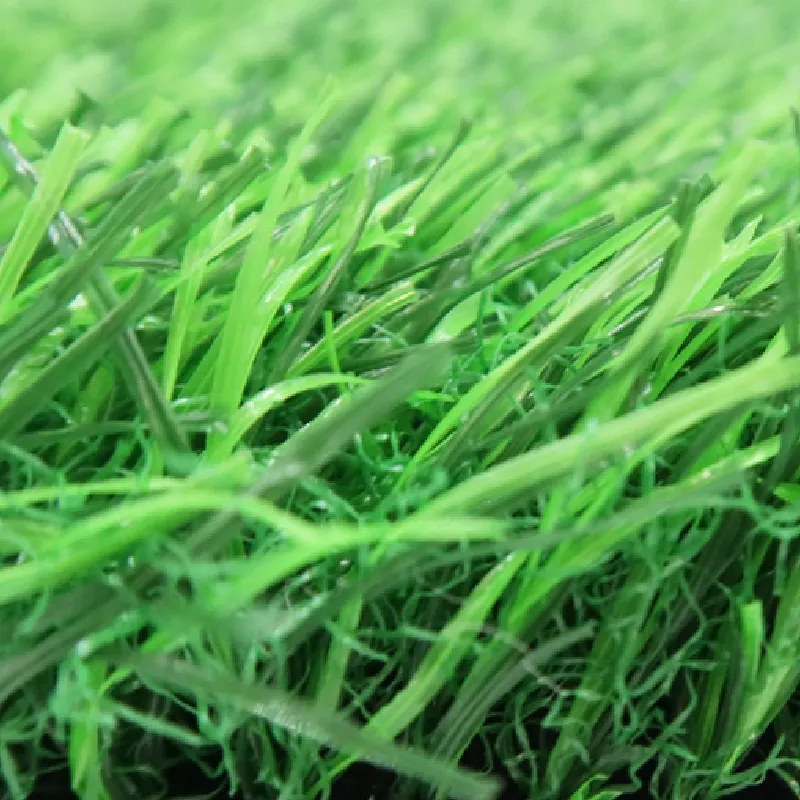
- Afrikaans
- Arabic
- Belarusian
- Bengali
- Czech
- Danish
- Dutch
- English
- Esperanto
- Estonian
- Finnish
- French
- German
- Greek
- Hindi
- Hungarian
- Icelandic
- Indonesian
- irish
- Italian
- Japanese
- kazakh
- Rwandese
- Korean
- Kyrgyz
- Lao
- Latin
- Latvian
- Malay
- Mongolian
- Myanmar
- Norwegian
- Persian
- Polish
- Portuguese
- Romanian
- Russian
- Serbian
- Spanish
- Swedish
- Tagalog
- Tajik
- Thai
- Turkish
- Turkmen
- Ukrainian
- Urdu
- Uighur
- Uzbek
- Vietnamese
Installing Artificial Grass on Sloped or Uneven Surfaces for a Perfect Finish
Dec . 10, 2024 18:42 Back to list
Installing Artificial Grass on Uneven Ground A Comprehensive Guide
Artificial grass has gained immense popularity in recent years due to its low maintenance requirements and aesthetic appeal. However, one of the challenges homeowners face is installing it over uneven ground. Uneven surfaces can complicate the installation process and affect the final appearance of the grass. This article will explore the methods and considerations involved in installing artificial grass on uneven ground.
Understanding the Challenges
The primary challenge of installing artificial grass on uneven terrain is that it can lead to uneven surfaces, creating a less-than-ideal look and potentially impacting drainage. If the ground is hilly or bumpy, the grass may wrinkle or create air pockets, leading to an unnatural appearance and premature wear.
Preparation is Key
Before laying down artificial grass, proper preparation of the ground is essential, particularly with uneven surfaces. Start by assessing the area where you plan to install the grass. Use a rake and shovel to modify the terrain as much as possible. Remove any rocks, roots, or debris that could interfere with the installation.
If the area is extremely uneven, consider leveling the ground. This could involve adding soil to low spots to create a more uniform surface. Compact the soil well to prevent any settling after the grass is laid. It’s often recommended to have a slight slope away from buildings to facilitate water drainage.
Base Layer Installation
Once the ground is prepared, you will need a solid base layer to support the artificial grass. A common base consists of crushed rock or decomposed granite. This layer should be around 2-3 inches thick, and it should be compacted to create a stable foundation.
Spread the base materials evenly, ensuring that the surface is level as much as possible. You can use a roller or tamper to compact the base layer effectively. The goal is to create a smooth, solid surface that allows for proper drainage and enhances the longevity of the artificial grass.
artificial grass on uneven ground

Installing the Artificial Grass
After the base layer is complete, it’s time to lay down the artificial grass. Roll out the grass across the prepared area, allowing it to acclimate to the environment for a few hours. This will help prevent any shrinkage or expansion after installation.
When positioning the grass, ensure that the fibers are facing the same direction. Overlap the edges of the grass pieces slightly and cut them to fit the contours of the ground. For areas with significant elevation changes, you may need to trim the edges carefully, ensuring a neat finish.
Securing the Grass
To secure the grass in place, use landscape staples or adhesive. Drive the staples into the ground at regular intervals along the edges and seams to prevent the grass from lifting. If you're working on a larger area, consider using a seaming tape and adhesive for a more secure bond between the pieces.
Finishing Touches
Once the grass is laid and secured, it’s time to add infill material, which can help weigh down the grass, provide additional padding, and improve durability. Sand or rubber infill is commonly used; spread it evenly across the surface and brush it into the fibers.
Finally, give the grass a good brushing to ensure the fibers stand upright, creating a more natural look. Regular maintenance, such as brushing and occasional washing, will help keep your artificial grass looking fresh and vibrant.
Conclusion
Installing artificial grass on uneven ground may initially seem daunting, but with careful planning and execution, it can be achieved successfully. By preparing the ground adequately, installing a solid base, and securing the grass properly, you can create a beautiful and functional outdoor space that enhances your property’s appeal. Whether it’s for a garden, play area, or a sports field, artificial grass can transform uneven terrain into an inviting landscape.
-
The Benefits of Artificial Turf for Indoors
NewsJul.15,2025
-
How Artificial Grass Suppliers Ensure Quality Products
NewsJul.15,2025
-
Artificial Grass and Pets: A Space for Relaxation
NewsJul.08,2025
-
Balcony & Outdoor Decoration with Artificial Grass
NewsJul.08,2025
-
Best Indoor Artificial Grass for Home
NewsJul.07,2025
-
Best Pet Turf for Dogs: Safe & Durable Artificial Grass Options
NewsJul.07,2025
Products categories









